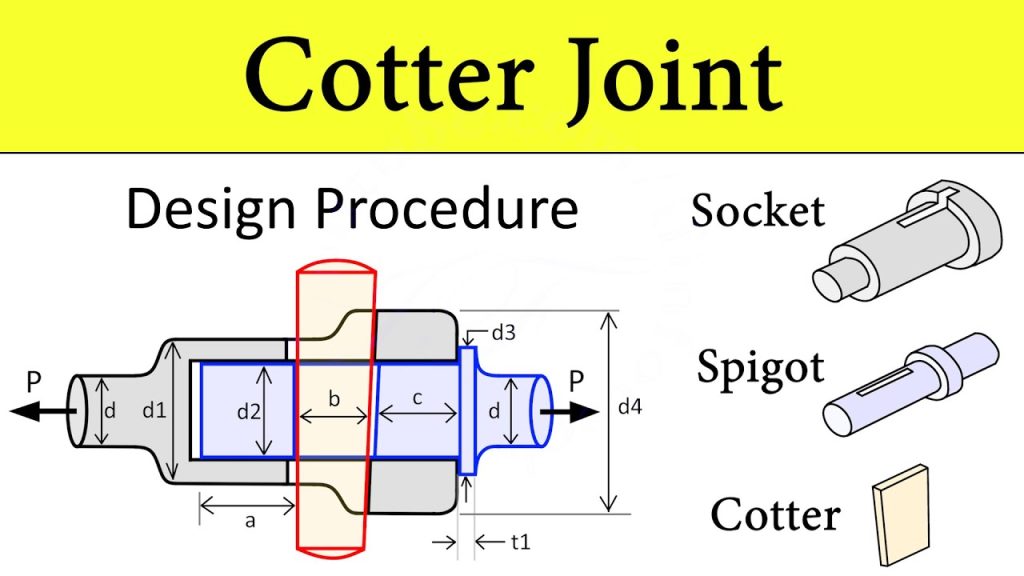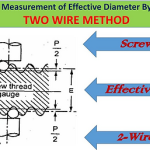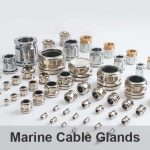A cotter joint, also known as a socket and spigot joint, is a method of temporarily joining two coaxial rods. One rod is fitted with a spigot, which fits inside a socket on one end of the other rod. Slots in the socket and the spigot align so that a cotter can be inserted to lock the two rods together.
The cotter used within a cotter joint is typically an elongated wedge, which can be driven into the slots.
Cotter joints are used to support axial loads between the two rods, tensile or compressive. Although a cotter joint will resist rotation of one rod relative to the other, it should not be used to join rotating shafts. This is because the cotter will not be balanced and may work loose under the combination of vibration and centrifugal force.
These components were historically used to join connecting rods in steam engines and pumps used to drain mines. Cotter joints were favored because they are relatively easy to design and manufacture, they produce a rigid connection and they are not prone to working loose in reciprocating machinery. Today they still find applications in a number of areas such as anchor bolts. Knuckle joints are often used instead.
A cotter joint is formed by first inserting the spigot end into the socket end. The slots are then aligned before the cotter is driven through the slots in both components. The slots are positions so that as the cotter is driven into position, the spigot is drawn into the socket until a shoulder on the spigot rests securely against the end of the socket. The angle of the cotter is determined by the coefficient of friction and the ease of disassembly required.



Comments are closed